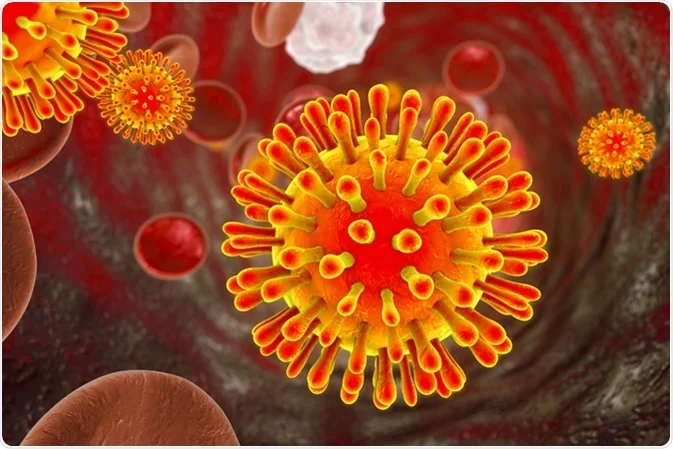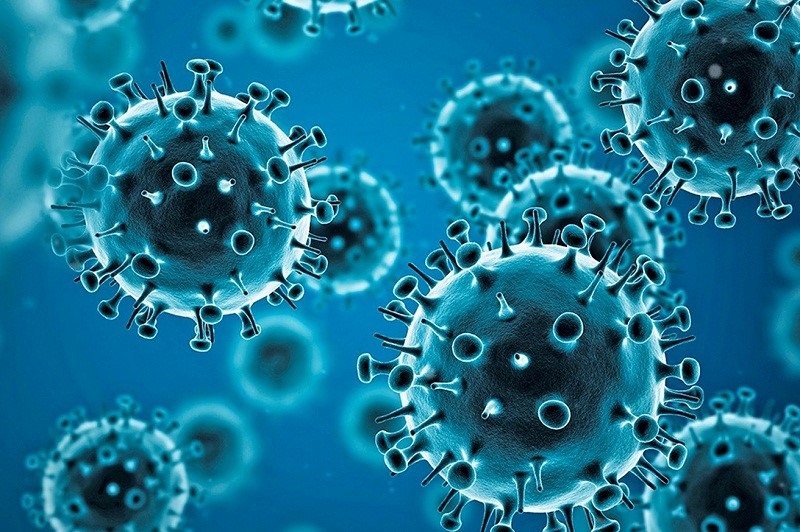
.
Antimicrobial mechanisms of action
Antimicrobial agents are classified by their specific modes of action against bacterial cells. the modes of action of antimicrobial agents against Gram- positive and Gram- negative bacteria are very similar and can be divided into five categories:
- inhibition of cell wall synthesis;
- inhibition of protein synthesis;
- inhibition of nucleic acid synthesis;
- inhibition of folate synthesis;
- disruption of the cytoplasmic membrane.
Inhibition of cell wall synthesis Agents that interfere with cell wall synthesis block peptidoglycan synthesis or cross- linking. they are active against growing bacteria and are bactericidal. Gram-negative bacteria—β- lactam antimicrobials enter the cell through porin channels in the outer membrane and bind to penicillin- binding proteins (PBPs) on the surface of the cytoplasmic membrane. this blocks their function, causing weakened or defective cell walls, and leads to cell lysis and death. Gram- positive bacteria lack an outer membrane, so β-lactam antimicrobials diffuse directly through the cell wall and bind to PBPs, which results in weakened cell walls and cell lysis. Glycopeptides inhibit cell wall synthesis by binding to the D- ALA- D- ALA terminal end of peptidoglycan precursors, thus inhibiting the action of transglycosidase and transpeptidases.
Inhibition of protein synthesis tetracyclines bind to the 30S ribosomal subunit, and block attachment of transfer RNA (tRNA) and addition of amino acids to the protein chain. tetracyclines are bacteriostatic. Aminoglycosides also bind to the 30S ribosomal subunit and prevent its attachment to messenger RNA (mRNA). they can also cause misreading of the mRNA, resulting in insertion of the wrong amino acid or interference in the ability of amino acids to connect with each other. the combined effect of these two mechanisms is bactericidal. Macrolides and lincosamides attach to the 50S ribosomal subunit, causing termination of the growing protein chain. they are bacteriostatic. Chloramphenicol also binds to the 50S ribosomal subunit and interferes with binding of amino acids to the growing chain. It is also bacteriostatic. Linezolid (an oxazolidinone) binds to the 23S ribosomal RNA (rRNA) of the 50S subunit and prevents formation of a functional 70S initiation complex which is necessary for protein synthesis. It is bacteriostatic.
Inhibition of nucleic acid synthesis Fluoroquinolones interfere with DNA synthesis by blocking the enzyme DNA gyrase. this enzyme binds to DNA and introduces double- stranded breaks that allow the DNA complex to unwind. Fluoroquinolones bind to the DNA gyrase– DNA complex and allow broken DNA strands to be released into the cell, resulting in cell death.
Rifampicin binds to DNA- dependent RNA polymerase, which blocks synthesis of RNA and results in cell death.
Inhibition of folate synthesis For many organisms, para- aminobenzoic acid (PABA) is an essential metabolite which is involved in the synthesis of folic acid, an important precursor to the synthesis of nucleic acids. Sulfonamides are structural analogues of PABA and compete with PABA for the enzyme dihydropteroate synthetase. trimethoprim acts on the folic acid synthesis pathway at a point after the sulfonamides, inhibiting the enzyme dihydrofolate reductase. Both trimethoprim and sulfonamides are bacteriostatic. When they are used together (e.g. co- trimoxazole), they produce a sequential blockade of the folic acid synthesis pathway and have a synergistic effect.
Disruption of the cytoplasmic membrane Polymyxin molecules diffuse through the outer membrane and cell wall of susceptible cells to the cytoplasmic membrane. they bind to the cytoplasmic membrane, and disrupt and destabilize it. this causes the cytoplasm to leak out of the cell, resulting in cell death.


